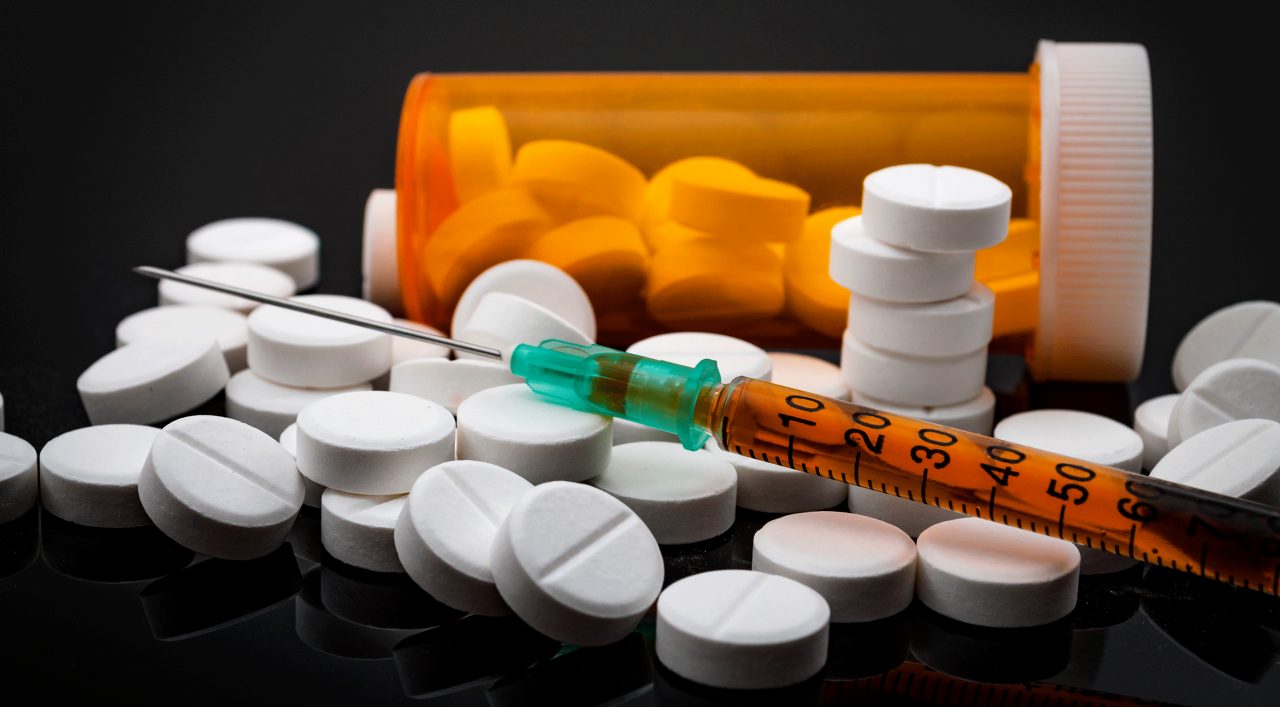What Are Opioids? — Page 2

Opioid list
The opioid list includes:
- Fentanyl (Actiq, Duragesic, Sublimaze)
- Hydrocodone or dihydrocodeinone (Vicodin, Lortab, Lorcet, and others)
- Hydromorphone (Dilaudid)
- Meperidine (Demerol)
- Tramadol (Ultram)
- Methadone (Dolophine, Methadose)
- Morphine (Duramorph, Roxanol)
- Oxycodone (OxyContin, Percodan, Percocet, and others)
- Oxymorphone (Opana)
- Codeine (marketed alone and in combination preparations including Paracod, Panadeine, Tylenol 3)
- Oliceridine (Olinvyk)
Not unlike doctors of a hundred years ago, who didn’t recognize the addictive properties of opiates, modern-day physicians were largely unaware of just how addictive and dangerous the new synthetic opioid drugs were when they first became available as prescription medicines in the 1980s and 1990s.
Physicians at that time were being urged to find better ways to treat chronic and severe pain. Of course, doctors knew opioids such as heroin and morphine were highly addictive, but reports on the newer opioids indicated they had little addictive potential.
For example, a letter to the editor published in 1980 in the New England Journal of Medicine, claimed fewer than one percent of patients at Boston University Medical Center treated with opioids (then called narcotics) while hospitalized became addicted. A study published in 1986 in the journal Pain, concluded opioids “can be safely and effectively prescribed to selected patients with relatively little risk of producing the maladaptive behaviors which define opioid abuse.” The study only involved 38 patients, yet pharmaceutical companies that manufactured the drugs widely used it to promote opioids.
By the 1990s, when OxyContin came on the market, doctors were being informed prescription opioids were highly effective for treating pain long-term (especially chronic neck and back pain) with little risk of dependency problems. Wanting to help their patients with chronic pain, physicians began to prescribe the drugs frequently.
Prescriptions for the drugs filled by pharmacies increased by 2 million to 3 million each year from the early 1990s as the popularity of opioids grew, according to a National Institute on Drug Abuse study. After OxyContin was available, the number of opioid prescriptions increased by 8 million between 1995 and 1996 alone.
In 1998, Purdue Pharma, makers of OxyContin, heavily promoted the drug to doctors with a video that was offered for patients to watch in waiting rooms. OxyContin sales soared by 11 million in the year after the video, called “I Got My Life Back,” was released. The pharmaceutical company also took out ads in medical journals promoting the drug and emphasizing its supposed safety in 2000 — further increasing sales.
But something else was increasing — awareness that prescription opioids had a dark side. Physicians were seeing dependency. Addiction problems and deaths from overdoses mounted.
In 2007, the U.S. government charged Purdue Pharma and three top executives with misbranding OxyContin and downplaying its connection to addiction to doctors. The executives admitted their guilt, and the company settled with the federal government for $635 million.
<< Previous Next: The move away from opioids >>
Updated:
June 21, 2023
Reviewed By:
Christopher Nystuen, MD, MBA